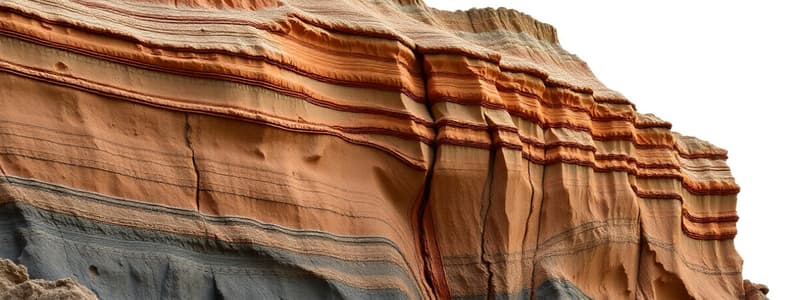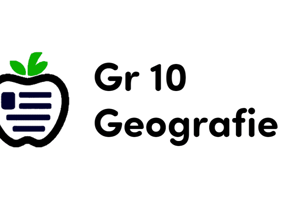Podcast
Questions and Answers
Which of these landforms is formed due to tensional pressure?
Which of these landforms is formed due to tensional pressure?
- Synclines
- Anticlines
- Fold mountains
- Rift valley (correct)
What is the geological make-up of the mountains in the Valley Province of Munster?
What is the geological make-up of the mountains in the Valley Province of Munster?
- Carboniferous limestone
- Sandstone (correct)
- Basalt
- Granite
What is the name of the process that formed the mountains of Munster?
What is the name of the process that formed the mountains of Munster?
- Erosion
- Subduction
- Orogeny (correct)
- Weathering
What is the main reason why limestone is easily eroded?
What is the main reason why limestone is easily eroded?
What is the main difference between anticlines and synclines?
What is the main difference between anticlines and synclines?
What is the main reason why the Eastern African Rift Valley is so wide?
What is the main reason why the Eastern African Rift Valley is so wide?
What is the main impact of the Eastern African Rift Valley on the landscape?
What is the main impact of the Eastern African Rift Valley on the landscape?
What is the main difference between folding and faulting?
What is the main difference between folding and faulting?
Flashcards
Plates
Plates
The Earth's crust is divided into 16 major segments called tectonic plates.
Folding
Folding
A geological process when two continental plates collide, causing uplift without subduction.
Faulting
Faulting
A geological process that occurs when tectonic plates move apart, creating fractures in the crust.
Fold mountains
Fold mountains
Signup and view all the flashcards
Orogeny
Orogeny
Signup and view all the flashcards
Anticlines
Anticlines
Signup and view all the flashcards
Rift valley
Rift valley
Signup and view all the flashcards
East African Rift Valley
East African Rift Valley
Signup and view all the flashcards
Study Notes
Folding
- Mechanism: Continental plates collide (neither subducts), causing uplift and folding.
- Result: Fold mountains, e.g., Andes, Munster mountains in Ireland.
- Formation Process: Orogeny (mountain building). Rivers brought sediments (sand, sills) which lithified into sandstone. Subsequent limestone deposition.
- Landscape Impact: Created mountains with an east-west trend due to southward pressure.
- Erosion: Limestone easily erodes, allowing underlying sandstone anticlines (e.g. Macgillycuddy Reigde) to be visible.
- Protection: Sandstone can protect limestone, resulting in limestone synclines (e.g., Blackwater Valley).
- Timeline: Ireland was under a tropical sea (350 million years ago), followed by sandstone layers and then limestone.
Faulting
- Mechanism: Two plates move apart creating tensional pressure and faults, weakening the crust.
- Result: Rift valleys (grabens), e.g., East African Rift Valley.
- Formation Process: Parallel faults form, causing the land between them to sink, creating a valley with steep fault escarpments.
- Landscape Impact: Rift valleys can be up to 100 km wide, running from Ethiopia to Mozambique.
- Cause: Plates moving apart (e.g., Caribbean and Nazca plates moving apart due to a hotspot)
Studying That Suits You
Use AI to generate personalized quizzes and flashcards to suit your learning preferences.



